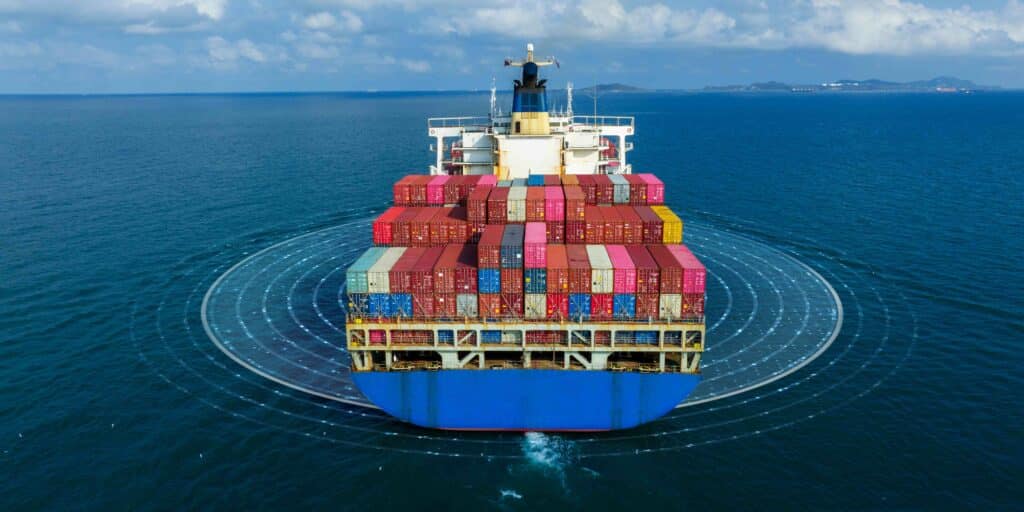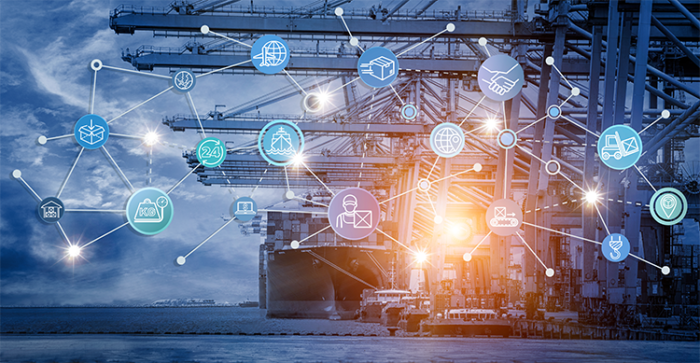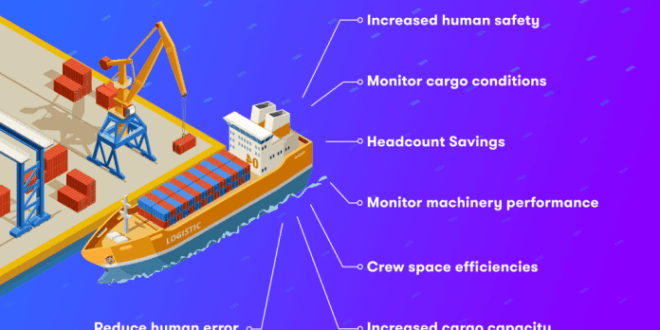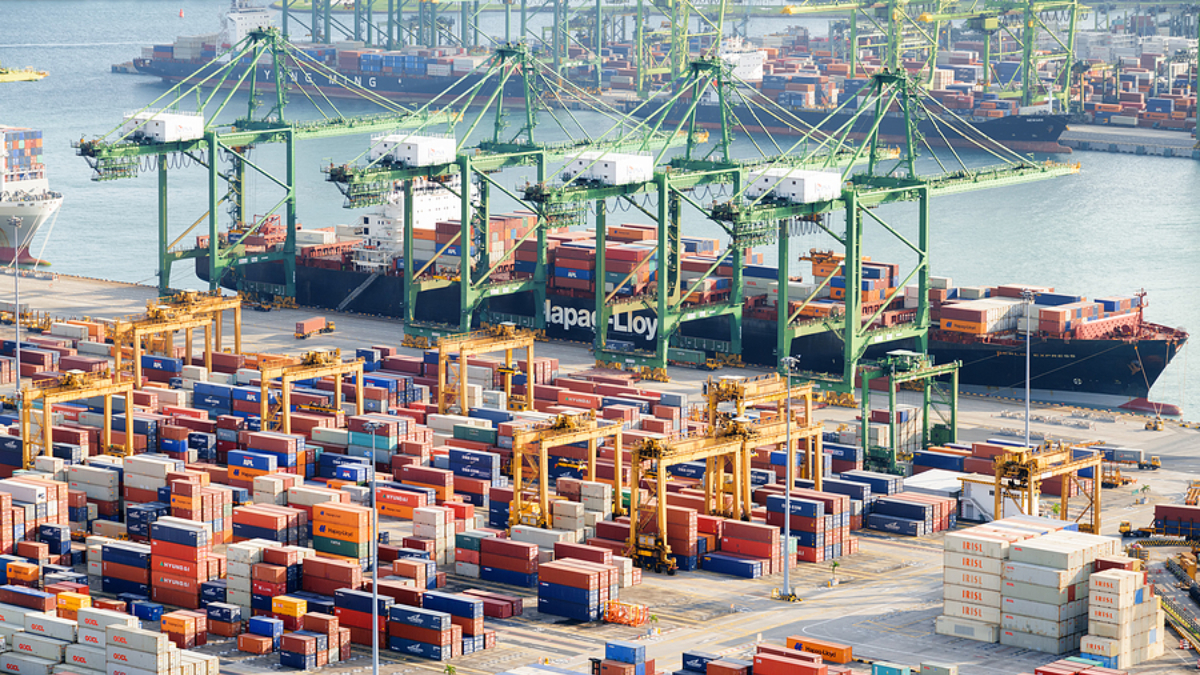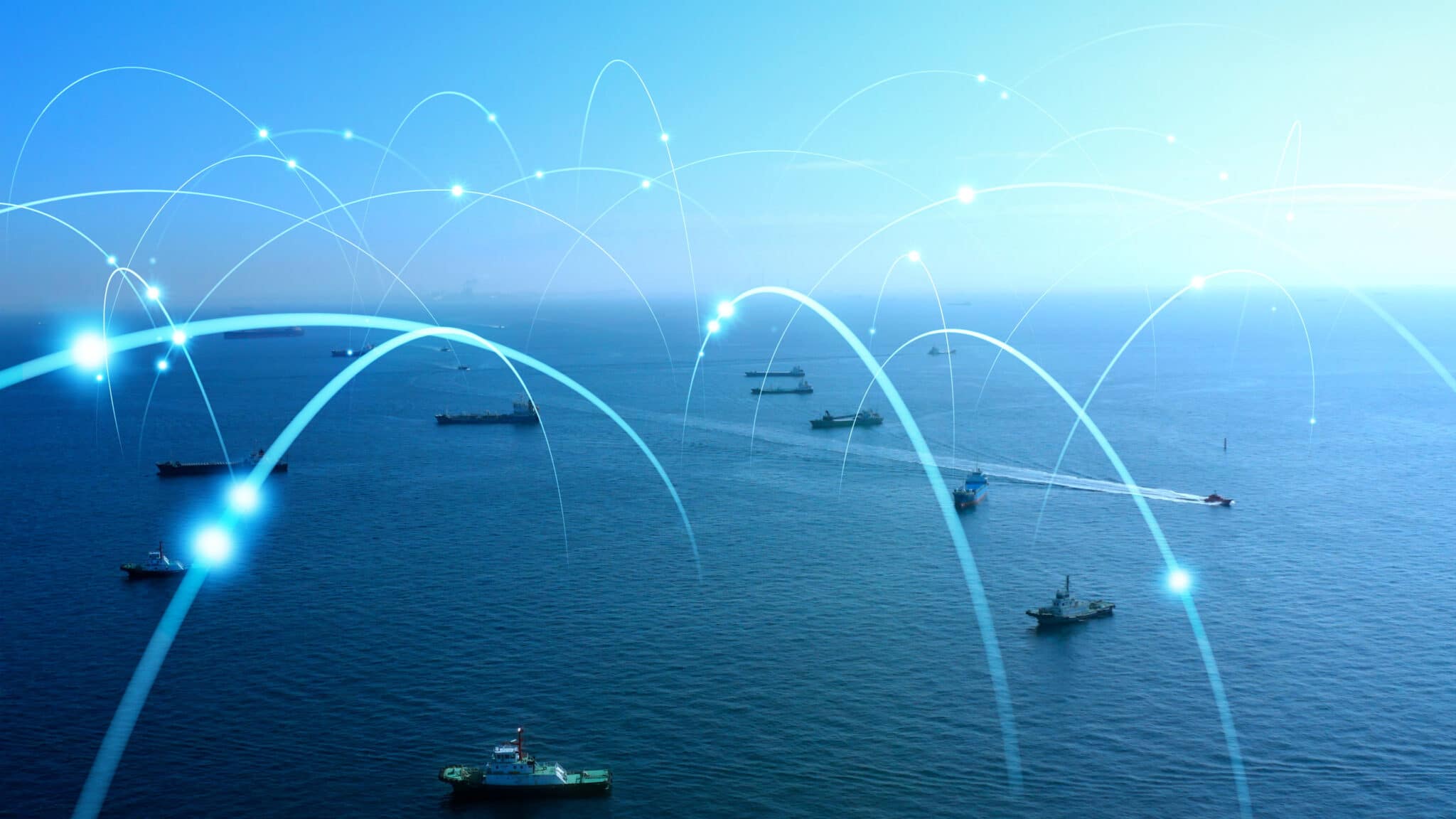Innovations In Shipping And The Growth Of Commercial Networks
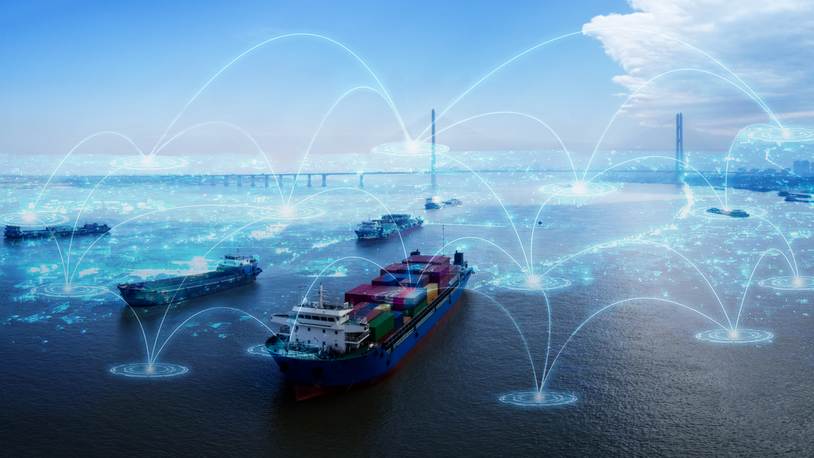
Global shipping is undergoing a radical transformation, driven by technological advancements and the relentless expansion of commercial networks. These innovations are reshaping trade routes, slashing delivery times, and demanding new levels of efficiency across the board.
The shipping industry, a linchpin of global commerce, is witnessing unprecedented growth and innovation, with digital platforms and automated systems at the forefront. These advancements promise increased efficiency, reduced costs, and enhanced connectivity for businesses worldwide, but also present challenges in terms of infrastructure, security, and labor.
The Rise of Digital Platforms
Digital platforms are revolutionizing how shippers connect with carriers. Companies like Xeneta and Freightos provide real-time rate comparisons and booking services, eliminating the need for lengthy negotiations.
This transparency empowers businesses to make informed decisions, optimizing their logistics and supply chain management.
What: Real-time rate comparisons and booking services. Who: Companies like Xeneta and Freightos. How: Digital platforms aggregating shipping data.
Automation and Robotics
Automated systems are rapidly being deployed across ports and warehouses. These systems include robotic cranes, automated guided vehicles (AGVs), and advanced inventory management systems.
This automation significantly reduces turnaround times and minimizes human error.
Where: Ports and warehouses globally. When: Ongoing implementation, increasing rapidly in the last 5 years.
Blockchain Technology
Blockchain is enhancing security and transparency in shipping documentation. Platforms such as TradeLens, a collaboration between IBM and Maersk, offer a secure, shared ledger for tracking shipments and managing customs documentation.
This reduces fraud, accelerates customs clearance, and improves overall supply chain visibility.
Why: Enhancing security and transparency. Who: TradeLens (IBM and Maersk). What: Secure, shared ledger for shipment tracking.
Expansion of Commercial Networks
The Belt and Road Initiative (BRI) is dramatically reshaping global trade routes. This massive infrastructure project is connecting Asia, Africa, and Europe through a network of ports, railways, and highways.
The BRI is boosting trade volumes and creating new commercial opportunities, but also raising concerns about debt sustainability and geopolitical influence.
Where: Asia, Africa, and Europe. What: Infrastructure development (ports, railways, highways). Who: Primarily China, with participation from various countries.
E-Commerce Boom
The explosive growth of e-commerce is fueling demand for faster and more efficient shipping solutions. Companies like Amazon and Alibaba are investing heavily in their logistics infrastructure, including drone delivery and advanced warehousing.
This demand is driving innovation and pushing the boundaries of what's possible in shipping and logistics.
Why: Increased demand from e-commerce. Who: Amazon, Alibaba, and other e-commerce giants. How: Investments in logistics infrastructure (drone delivery, advanced warehousing).
Sustainable Shipping Practices
Environmental concerns are driving a shift towards sustainable shipping practices. The International Maritime Organization (IMO) has set targets for reducing greenhouse gas emissions from ships.
This is leading to the adoption of alternative fuels, such as LNG and hydrogen, as well as the development of more energy-efficient ship designs.
Who: International Maritime Organization (IMO). What: Reducing greenhouse gas emissions. How: Adoption of alternative fuels and energy-efficient ship designs.
Challenges and Opportunities
Despite these advancements, the shipping industry faces several challenges. Infrastructure bottlenecks, cybersecurity threats, and a shortage of skilled workers are all significant concerns.
Addressing these challenges will require collaboration between governments, industry stakeholders, and technology providers.
The next phase will require focus on improving cybersecurity measures, investing in training programs to address the skill gap, and upgrading infrastructure to keep pace with increasing demand.
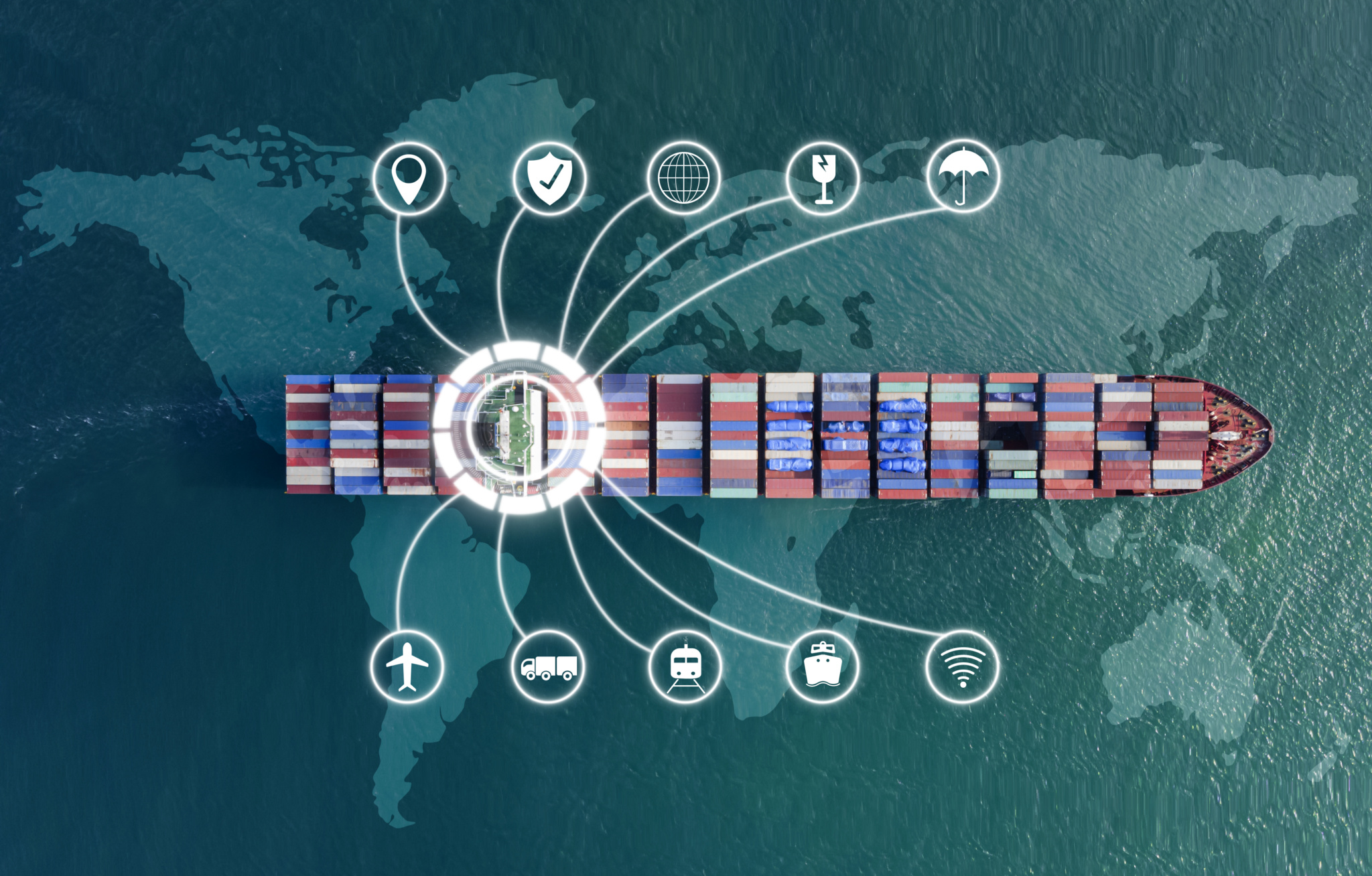

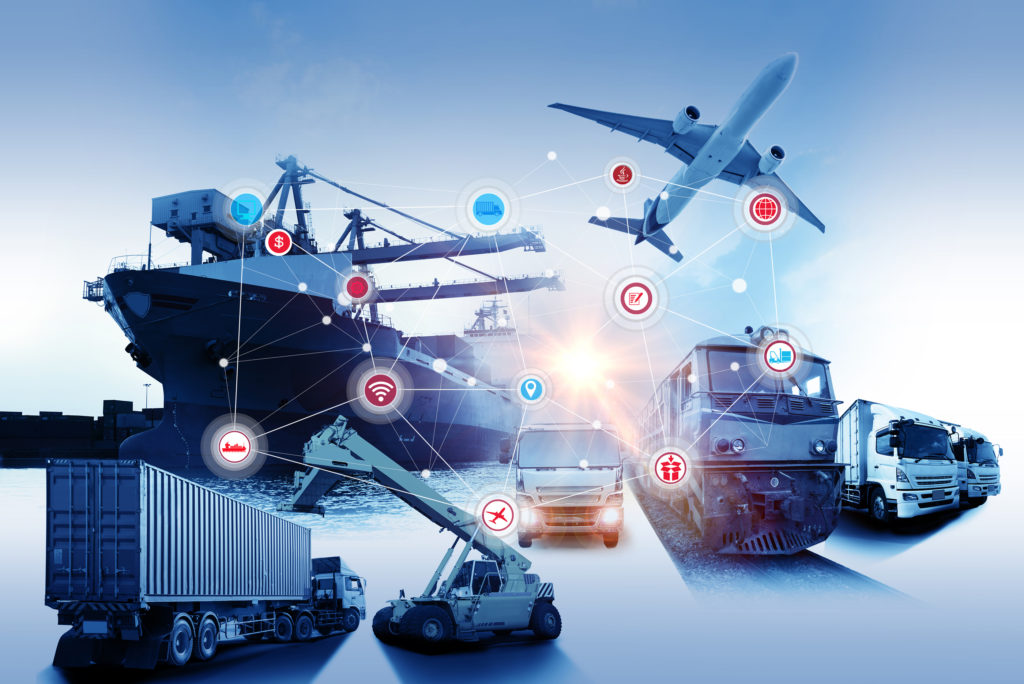
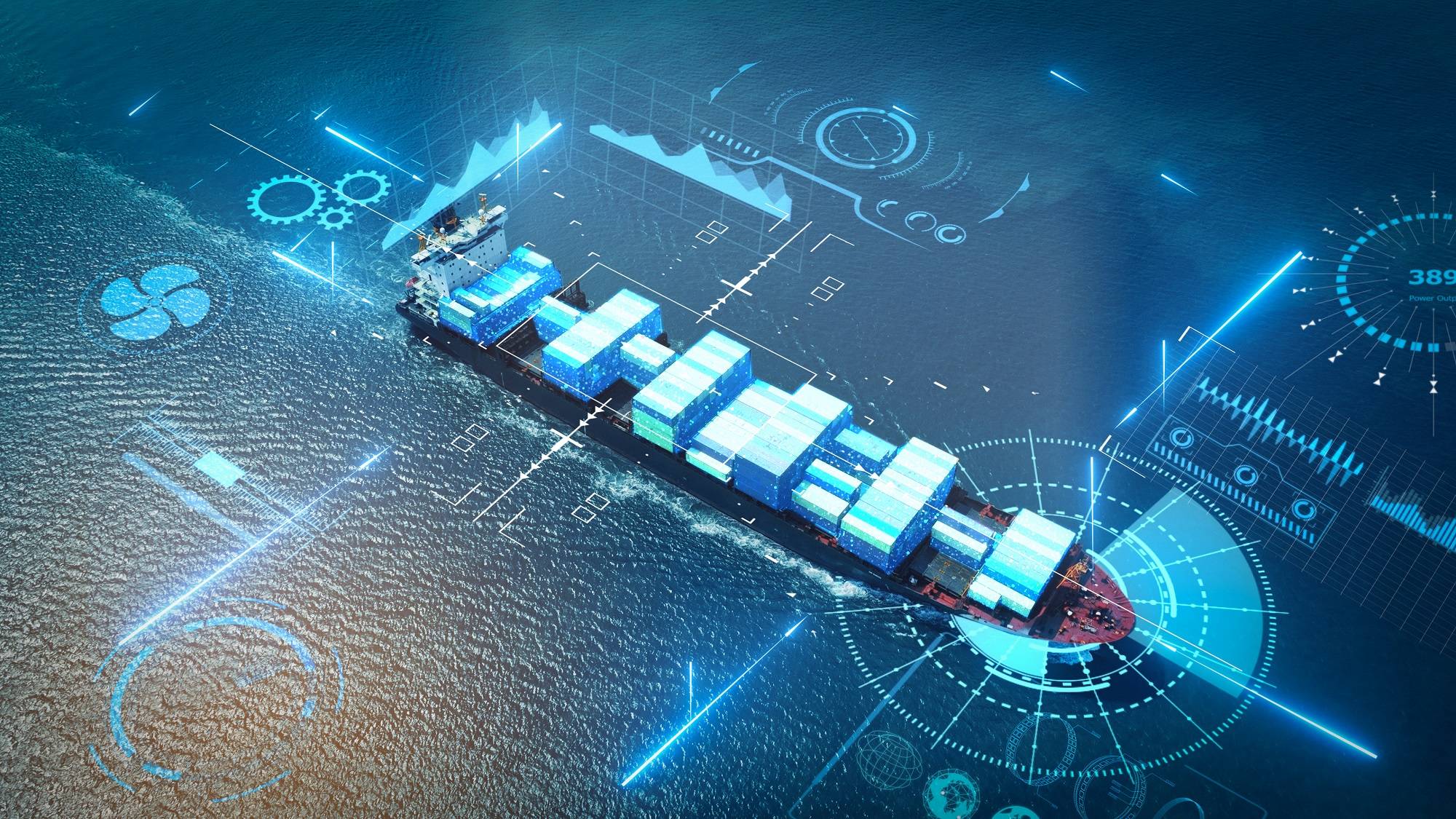
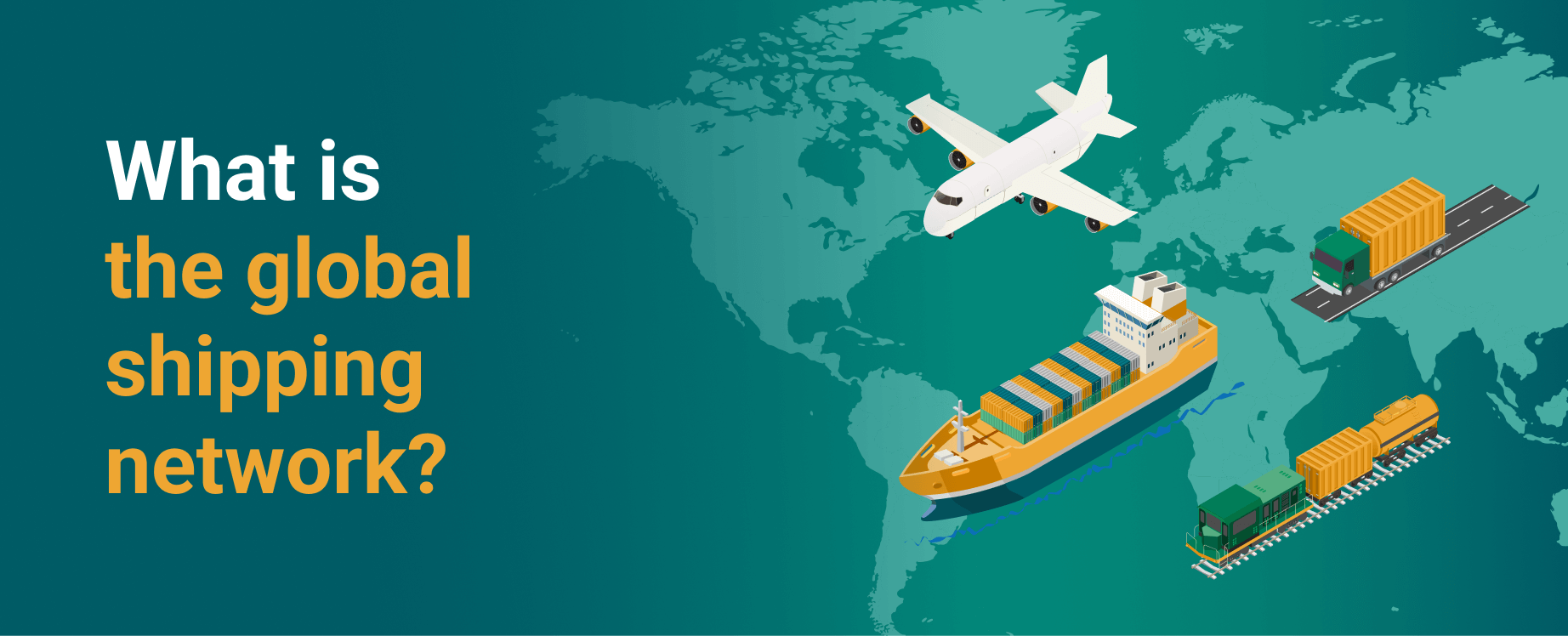
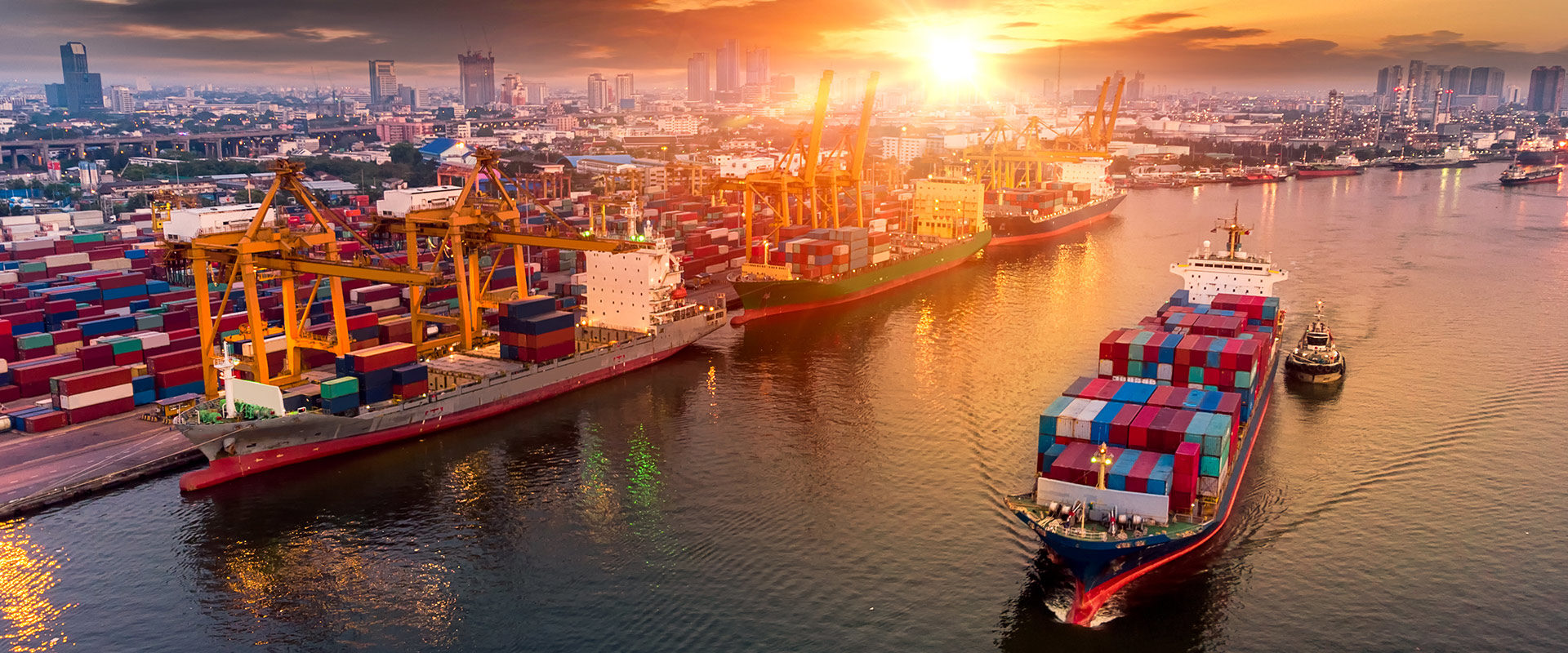
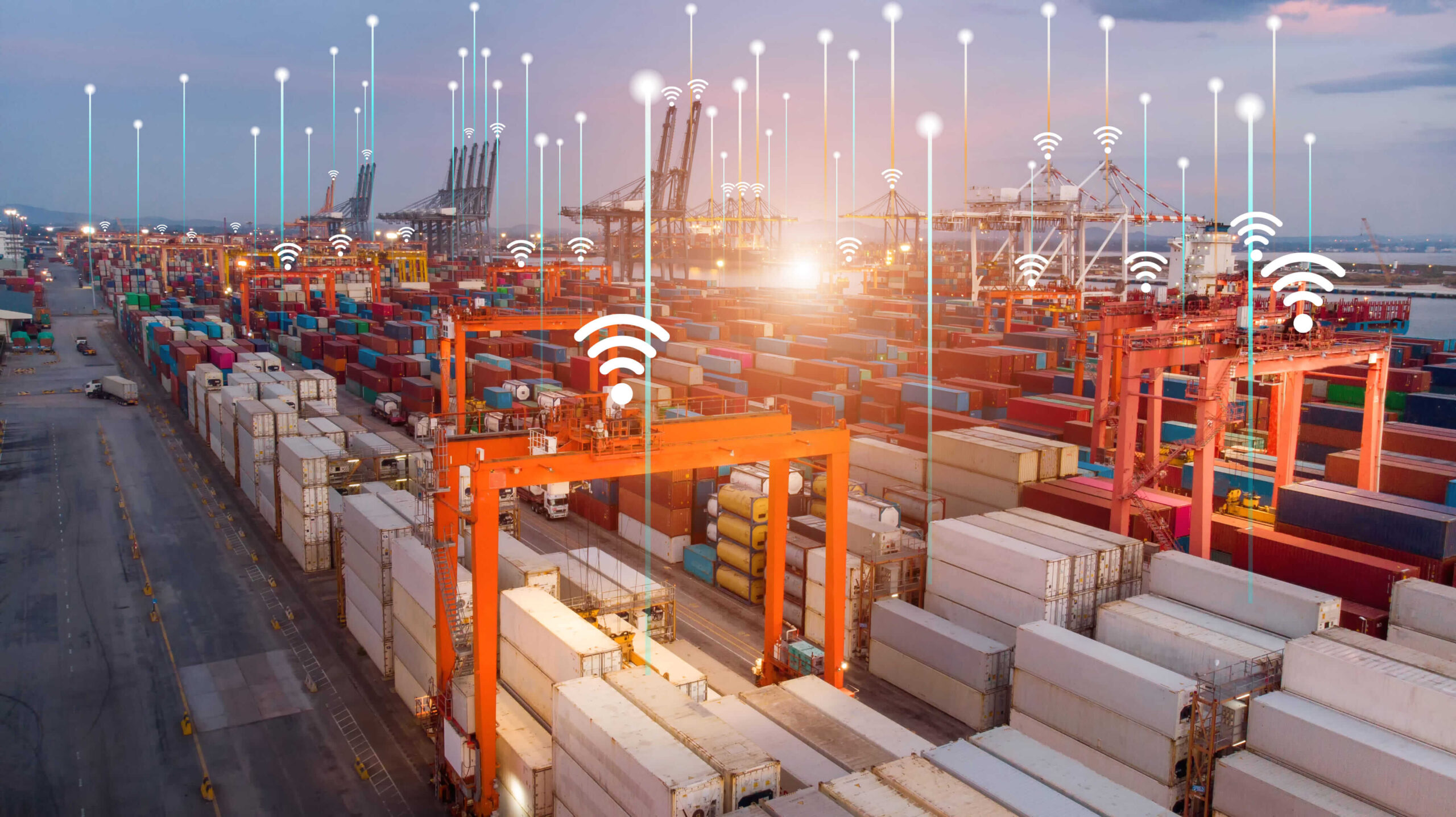
![Innovations In Shipping And The Growth Of Commercial Networks [Infographic] Veson Nautical's Innovation Timeline - Veson Nautical](https://veson.com/wp-content/uploads/2021/09/Innovation-Timeline-Infographic-for-World-Maritime-Shipping-Blog-Header-1536x804.jpg)




